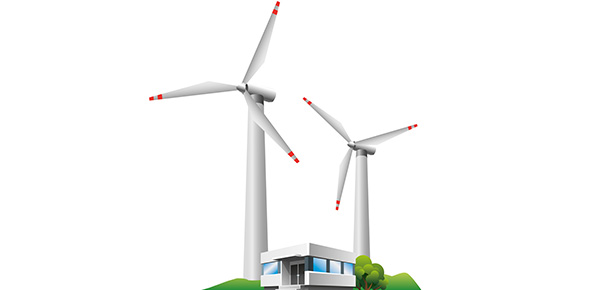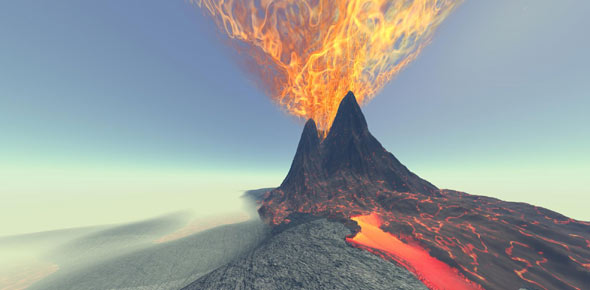Related Flashcards
Cards In This Set
| Front | Back |
|
100 year flood
|
A higher than usual stream discharge that has a 1 percent probability of occurring in any given year. The water level of this flood has been arbitrarily selected to define the regulatory floodplain for the US National Flood Insurance Program
|
|
Channel pattern
|
The shape of a flowing stream as viewed from above. (birds eye view). the three most common shapes or patterns are straight, meandering, and braided
|
|
Channel restoration
|
The process of returning a stream and adjacent areas to a more natural state
|
|
Channelization
|
Engineering technique to straighten, widen, eepen, or otherwise modify a natural stream channel
|
|
Discharge
|
Quantity of water flowing past a particular point on a stream, usually measured in cubic feet per second or cubic meters per second
|
|
Drainage basin
|
Area that contributes surface water to a particular stream network
|
|
Flash flood
|
Overbank flow that results from a rapid increase in stream discharge; commonly occurs in the upstream part of a drainage basin and in small tributaries downstream
|
|
Flooding
|
From a hazards perspective, high water levels in a stream, lake, or ocean that may damage human facilities. As a natural process, overbank flow that may construct a floodplain adjacent to a stream channel or a higher than normal water level along a coast that extends inland beyond the beach
|
|
Floodplain
|
Flat topography adjacent to a stream produced by oberbank flow and by lateral migration of the channel and associated sand or gravel bars
|
|
Floodplain regulation
|
Governmental restriction of land use in an area likely to be inundated by a stream's overbank flow that could damage buildings and infrastructure
|
|
Levee
|
A mound of embankment parallel to a stream channel; it may consist of fine sediment deposited from oberbank flow during a flood or be an earthen embankment constructed by humans to protect adjacent land from flooding
|
|
Recurrence interval
|
The time between natural events, such as floods or earthquakes. Commonly given as the average recurrence interval, which is dertermined by averaging a series of intervals between events
|
|
River
|
A large, natural stream that carries a considerable volume of flowing surface water
|
|
Creep
|
Slow downslope movement of soil and other weakly consolidated earth materials; characterized by slow flowing, sliding, or slipping
|
|
Debris flow
|
Rapid downslope meovement of unconsolidated, water saturated earth material that became unstable because of torrential rain, rapid melting of snow and ice, or sudden drainage of a pond or lake; sometimes restricted to flows of this type that contain mainly coarse material
|





